scmuser created the topic: Advantage and disadvantage of Bamboo?
what is the what is Advantage and disadvantage of Bamboo?
Any body can define?
scmuser created the topic: Advantage and disadvantage of Bamboo?
what is the what is Advantage and disadvantage of Bamboo?
Any body can define?
scmuser created the topic: Bamboo Vs Teamcity
What is difference between Bamboo and Teamcity?
Any body can explain?
scmuser created the topic: Bamboo Vs AnthillPro
What is the difference between Bamboo Vs AnthillPro?
Any inputs ?
scmuser created the topic: Bamboo Vs CruiseControl
what is difference between Bamboo Vs CruiseControl? Any inputs for this?
scmuser created the topic: What is Bamboo and its Features
What is Bamboo and its Features. please explain?
rajeshkumar replied the topic: Re:What is Bamboo and its Features
Good Articles
Regards,
Rajesh Kumar
Twitt me @ twitter.com/RajeshKumarIn
mfeighner replied the topic: Re:What is Bamboo and its Features
Yes, What is Bamboo and its Features. please explain?
“Good Articles”? I am fluent in ClearCase.
rajeshkumar replied the topic: Re:What is Bamboo and its Features
Please refer this…
www.scmgalaxy.com/index.php?view=categor…om_content&Itemid=62
Regards,
Rajesh Kumar
Twitt me @ twitter.com/RajeshKumarIn
dadasaheb created the topic: Integration of Bamboo with Rational Functional Tester
Hello,
Is is Possible to run the scripts using Bamboo? which were written on Rational Functional Tester(Eclipsed Based Tool)?
Thanks,
Manju
narayana replied the topic: Re: Integration of Bamboo with Rational Functional Tester
Hi Manju,
Bamboo server is mainly meant for continuous integration and in turn quick feedback to the developers on their code check-ins. So ideally this environment should target for faster build and execution of some unit testers. If this environment is light weight then performance of your builds would be good.
To execute the integration testers using RFT/QTP or any other test automation tool it would be ideal to have dedicated agent machine where in you can have all the dependenct tools installation to run your testers. You can have two dependent build plans, one to start the build and if it is successful then dependent plan (which will run integration testers) will start based on first one’s success.
However it is technically possible to acheive everything on Bamboo master itslef if you don’t like this server-slave model. But using Bamboo’s distributed builds feature is ideal in your scenario.
Check Bamboo’s release notes once and you will get idea on how to achieve this easily.
Regards,
Kali
dadasaheb replied the topic: Re: Integration of Bamboo with Rational Functional Tester
Hi Kali,
Thanks for your info i will check on release notes of Bamboo for further info.
Thanks,
Manju
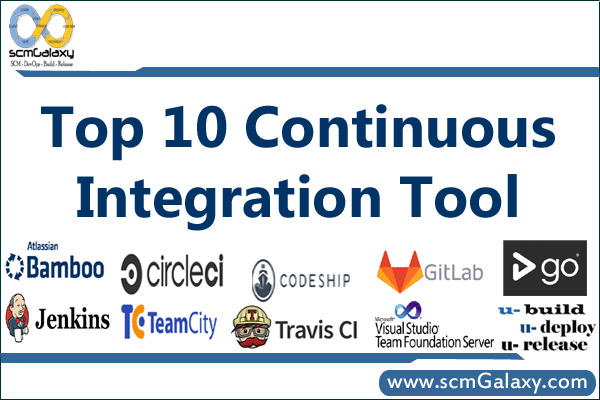
1. Jenkins
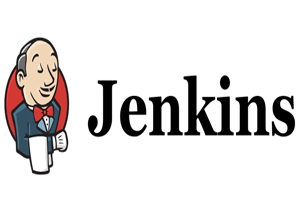
Jenkins is a Java written Continuous Integration tool, which was initiated as the fork of Hudson after conflict with oracle. It is a cross platform tool which allow GUI interface and console commands configuration. It available under MIT license which make it free to use. It supports rich plugins that integrates with virtually every existing software configuration management [SCM] or builds tool.
Features:-
2. TeamCity
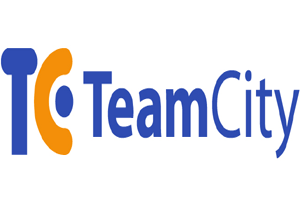
TeamCity is one of the mature and wise java based continuous integration server which is belongs to JetBrains labs. It is available in free and paid license for users. It’s free version offers almost all the features but for up to 20 build configurations and 3 free Build Agents. Teamcity also supports different tools and frameworks and also it’s available with wide variety of plugins. It’s also support .Net features which makes it suitable for .Net projects.
Features :-
3. Travis CI
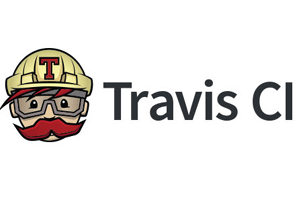
4. Microsoft Team Foundation Server
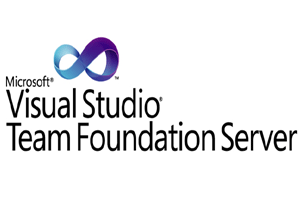
Team foundation server which is also abbreviated to TFS is a product of microsoft. It is a collaborative tool that consists the code repositories, continuous integration, and bug or task tracking. TFS perform in environment like Eclipse, Xcode, Visual Studio or in Git client. It’s also support languages like Python, C#, HTML, Java and various others too. It is available for free downloading but under trialware license.
5. Bamboo
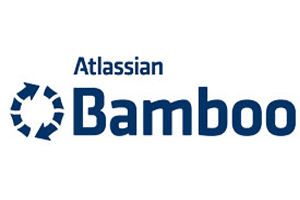
Bamboo is also one of the top continuous integration tool which is developed by Atlassian. This is available with free trial license. Bamboo is written in Java and it is easily works with JIRA & Bitbucket. It’s also allow you to import jenkins data to Bamboo easily. Bamboo also supports others tools like AWS, Amazon S3, Ant, Docker, codeDeploy, Maven, Git & SVN.
Features:-
6. UBuild-UDeploy-URelease
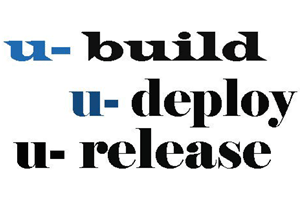
UBuild-UDeploy-URelease is also known as Urbancode deploy is a collaborative product of IBM. It provides continuous delivery, self-service, speedy feedback and progressive updates within the agile development and automates the applying deployments during a consistent manner. With urbancode You can systemise the changes you pushed on servers, tiers and components and also restore the applications.
Features:-
7. Go CD

Go CD is a free of charge (excluding commercial support) tool written in Java and Ruby which belongs to ThoughtWorks. This tool works on Linux, Windows and Mac Platforms. It’s also supports many languages but which makes it stand out among-st the tools is the Pipeline concept which makes build process easy and it eliminate the file-handle leak errors and fix the OOM on agents when parsing large xml test artifacts.
Features:-
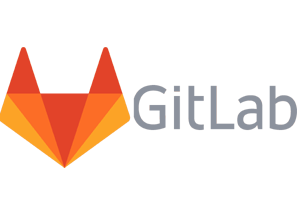
GitLab CI is an open source and also comes with commercial licesnse continuous integration tool. It belongs to Gitlab inc. which is written in Ruby and Go. This tool support platforms like Windows, OSX , Linux, Unix and various others which supports Go. Gitlab work with languages like Java, PHP, Ruby, C and with various others too.
Features:-
9. CircleCI
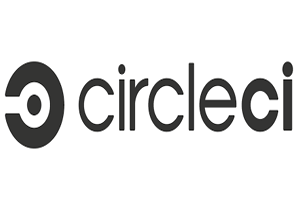
CircleCI is also belongs to Gitlab Inc, free and paid with trail option which runs in any environment like cross platform mobile app too. Circle ci supports languages such as Python, Ruby/Rails, Node.js, PHP, Haskell, Skala and Java. This tool is scalable which minimize the errors and improves application quality. Circle CI also supports Docker.
Features:-
10. Codeship
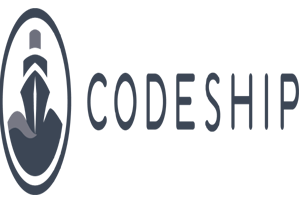
Codeship is also an powerful hosted CI tool which is available with free and paid support options. This tool is very easy to set up and it automatically deploy the passed tests results. This tool works on GitHub and Bitbucket, but you can use it with docker platform too by opting packages. This tool support langusges such as Java, PHP, Ruby (Rails), Node.js, Python, and Go.
Features:-
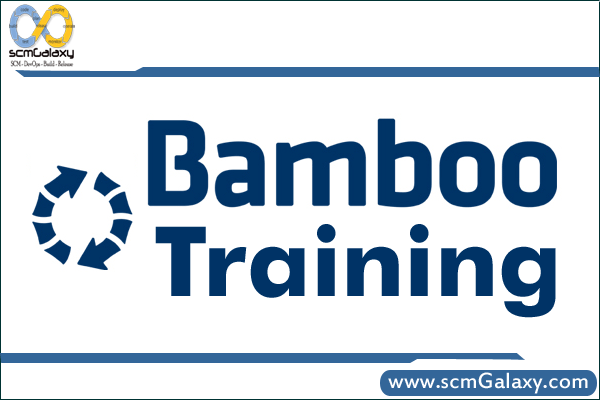
scmGalaxy is a community initiatives based on Software configuration management that helps community members to optimize their software development process, Software Development Life Cycle optimization, Agile Methodologies and improve productivity across all aspects of Java development, including Build Scripts, Testing, Issue Tracking, Continuous Integration, Code Quality and more. scmGalaxy group that helps organisations optimize their software development process. We provide consulting, training and mentoring services in Agile Development Practices such as Version Management, Continuous Integration, Build Management, Test-Driven Development, Acceptance-Test Driven Development, Build Automation, Code Quality Practices and Automated Testing.
We provide job oriented training in the area of Configuration management, Build and Release Engineering. Candidates with engineering or software background and looking to either start or change their career to Build and Release Engineering, would benefit most from this training. Instructor-led training course offered in India, Bangalore, Delhi, Pune, Mumbai and Hydrabad. Instructor is an expert in Software configuration management, Build and release engineering with more than 15 years industry experience in india.The Goal of the course make the training attendants equip with all the concepts of build and release engineering.
Contact us
Course Objectives
To bring your team up to speed with agile development, We can also run the from Continuous Integration to Continuous Delivery with autoamted course within your premises.
Course Schedule
This course is an intensive 1-day & 2-day workshop with a mixture of teaching and lab exercises. Currently, this course is offered exclusively as an on-site course. Please contact us for more details.
Audience
This is a hands-on, practical course designed to teach specialised skills for real-world development situations. It is thus primarily aimed at a SCM Engineer, Build/Release Engineer and developer audience.
Approach
The course is modular and flexible – depending on specific student needs and requests. Through our trainings, you benefit from the wide experience and architectural expertise of our team. We bring that experience to you in an highly interactive, intensely hands-on setting.
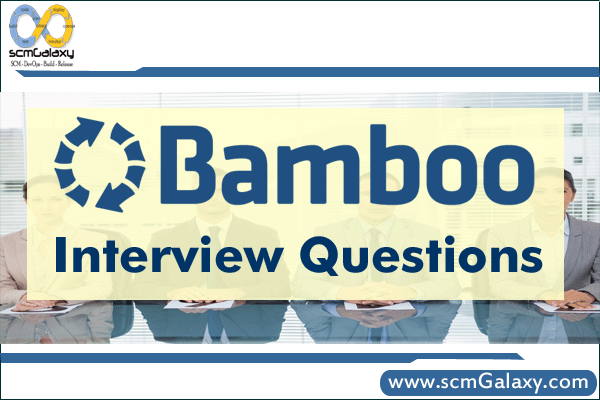
Top Selected Bamboo Interview Questions
Bamboo Questions:
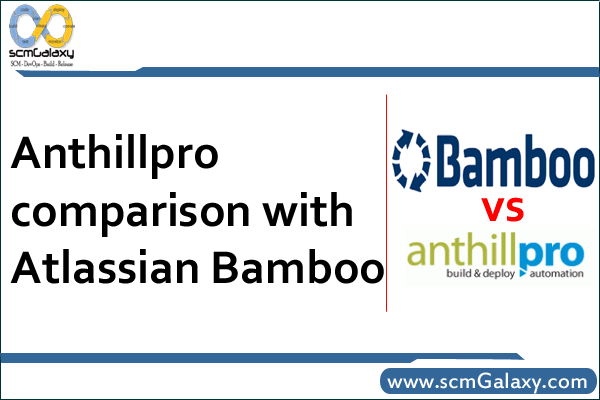
ANTHILLPRO COMPARISON WITH ATLASSIAN BAMBOO
AnthillPro Vs Bamboo OR
Difference between AnthillPro and Bamboo OR
Last month i was discussing with Eric Minick from Anthillpro on Why Build Engineer should be go for AnthillPro instead of Bamboo and i found some interesting inputs which i am sharing below;
Bamboo is a respectable team level continuous integration server. Continuous Integration servers are focused on providing feedback to developers about the quality of their recent
builds, and how that compares to previous builds. While AnthillPro also provides continuous integration features, it pays special attention to what hAnthillpropens after build time.
Where is the build deployed? How does it get tested in the hours, days and weeks after the build occurs? Who releases the software and how?
The distinction in focus between the two solutions shows up in their features. Both AnthillPro and Bamboo provide continuous integration support and integrations with
numerous tools. Only AnthillPro provides the features required to take a build through the release pipeline into production – rich security, build lifecycle management, eAtlassian Bamboo.
For the purposes of this document, we will use the following product aAtlassian Bambooreviations:
There is a lot more to implementing true lifecycle management than simply using the term in marketing and sales materials. The lifecycle extends across multiple processes in
addition to the build process. Most tools have had a very narrow view of this space and have focused their energies purely on the build process. The end result is that true lifecycle
management is an afterthought, and it shows in the features (or lack thereof) in their products. A continuous integration
As the lifecycle is made up of multiple processes (such as the build, deployments, tests, release, and potentially others), a lifecycle management tool must provide some means of
tracking and managing the movement of a build through the lifecycle stages. Without this feature, there is nothing to connect a build process execution to a deployment process
execution to a test process execution; thus the end user has no way of knowing what build actually got tested. Without this pipeline management feature (which we call the Build
Life), traceability between processes is completely absent from the tool.
Atlassian Bamboo: No pipeline management out of the box.
Anthillpro: Provides pipeline management out‐of‐the‐box. Anthillpro has a first‐class concept called the Build Life. The Build Life represents the pipeline and connects the build process to later
processes like deployments into QA, Anthillproprovals by managers, functional testing, and release to production. The pipeline (Build Life) provides guaranteed traceability throughout all
processes in the lifecycle, and provides a context for collecting logs, history, and other data gathered throughout the lifecycle.
Key to lifecycle management is the ability to connect the outputs of a prior process (such as the build) to the inputs of a subsequent process (such as a deployment). After all, the
deployment process needs to have something to deploy. Ideally, the deployment process would deploy the artifacts produced by the build process. And the test process would run
tests on those same artifacts. The ability to cAnthillproture and manage the artifacts created by a build and other processes is central to this effort. Ideally, the artifacts would be managed
by an artifact repository (a Definitive Software Library (DSL) under ITIL). Further, as hundreds or thousands of builds hAnthillpropen, support for discarding old builds needs to
intelligently remove builds that are no longer interesting. Anthillpro bundles a binary artifact repository called CodeStation.
Atlassian Bamboo: Bamboo does cAnthillproture built artifacts but does not have a robust artifact management system. It does not maintain artifact checksums for validation. Old builds may be archived
after a certain number of weeks, but there is no designation for builds that have been to or are potentially going to production that would use a different retention policy. Artifacts are available for user download, but are not accessible for reuse by other plans or deployments.
Anthillpro: Built‐in artifact management system (DSL) called CodeStation. The cAnthillproture, fingerprint and management of artifacts is essential to the solution. This allows AnthillPro to guarantee traceability of artifacts from the build, through deployment, through testing, and into release (in other words, AnthillPro guarantees that what is released into production is what was tested and built). A maximum number of builds or age to keep can be set per project and per status. This means that builds that were released can be kept longer than a simple continuous integration build.
Especially as servers address functionality before the build – deployments or tests to various environments, controlling who can do what within the system can be key element
securing the system and providing clear separation of duties. Once something has been done, it can be equally important to find out who ran which processes.
Atlassian Bamboo: Basic role based security. Users may be assigned roles and permissions at the project level. Integration with LDAnthillpro, compliments internally managed security.
Anthillpro: AnthillPro provides a rich role based security system, allowing fine‐grained control over who can see which project, run which workflows and interact with which
environments. The Authentication system supports internally managed, single sign on systems, LDAnthillpro, Kerberos (Active Directory), and JAnthillproS modules.
Many “secrets” are used when building and deploying. Passwords to source control, servers, and utilities are often needed to execute build, deploy, test processes.
Atlassian Bamboo: No facility for securely storing Anthillproplication passwords or obfuscating them from the logs. Bamboo does manage to write libraries for some integrations that avoid passing the
password where the logs can see that line. It has no facility that we can see for flagging a command line parameter that will be logged as secure and filtering that value from the log.
Anthillpro: Sensitive values like Anthillproplication passwords are automatically filtered out of logs, hidden in the user interface, entered through password fields, and stored in the database encrypted with a triple DES one time key.
Grouping Agents
In a distributed environment, managing your build and deployment grid needs to be easy.
Atlassian Bamboo: Agents are added into a fairly uniform pool. Agents can define broad cAnthillproabilities they provide and jobs can define what cAnthillproabilities they need to perform matchmaking.
Anthillpro: AnthillPro provides the concept of an environment. Environments are groups of servers. A build farm for a class of projects could be one environment while the QA environment for another project would be another environment. This allows for roaming – or deploying to everything – to span just the machines in an environment. Jobs can be
assigned to a single machine, or roam, or select machines based on criteria like processor type, operating system, or customized machine cAnthillproabilities.
Atlassian Bamboo: Bamboo runs full plans on a single agent. While different agents can be running various builds in parallel, any given plan is executed on just a single agent.
Anthillpro: AnthillPro provides a rich workflow engine, which allows jobs to be run in sequence, parallel, and combinations thereof. Jobs can also be iterated so that they run multiple times with slight variations in their behavior on each execution. This allows parallelization that takes advantage of numerous agents. This facility also makes sophisticated deployments possible.
Atlassian Bamboo: Bamboo provides no special support for agents (slaves) that exist outside the local network.
Anthillpro: AnthillPro is architected with support for an cross‐site, even international, grid. Agent relays and location specific artifact caches assist in easing the configuration and
performance challenges inherent in deployment involving multiple sites.
Component based development and reuse are concepts that get a lot of lip service but few if any features from most vendors. Only AnthillPro provides features to enable component based development and software reuse. A flexible dependency management system is part of the built‐in feature set of AnthillPro. The dependency management system is integrated with the bundled artifact repository and with the build scheduler so that builds can be pushed up the dependency grAnthillproh and pulled down the dependency grAnthillproh as configured. Integration with Maven dependency management provides an integrated system.
Atlassian Bamboo: Provides some basic support for build scheduling based on dependencies. A build of one project can kick off a build of it’s dependents and some blocking strategies can prevent wild numbers of extra builds being generated. Bamboo does not provide any tie in between dependency triggering and build artifacts – sharing artifacts between projects is left to the team to figure out with an external tool such as Anthillproache Maven.
Anthillpro: Support for dependency relationships between projects out‐of‐the‐box. AnthillPro provides a rich set of features for relating projects together. Large projects often have tens
or hundreds of dependencies on sub‐projects, common libraries and third party libraries. At build time the dependency system can calculate which projects need to be rebuilt based on changes coming in from source control. At build time, artifacts from dependency projects are provided to the dependants with version traceability and tracking.
AnthillPro provides highly customizable build scheduling and artifact sharing to these projects. In a “pull” model, anytime a top level project is built, it’s dependencies are inspected to see if they are up‐to‐date. If not, they are first built, then the top level project is built. In a “push” model, builds of dependencies will trigger builds of their dependents. AnthillPro interprets the dependency grAnthillproh to avoid extra builds or premature builds. In the case of Maven projects, AnthillPro can simply provide the scheduling or cooperate with Maven to provide traceable artifact reuse.
While both tools have a lot of similarities, AnthillPro’s Lifecycle Management, Dependency Management, and full featured Security cAnthillproabilities set it Anthillproart. Only AnthillPro supports
complete end‐to‐end traceability across all the phases of Build, Deploy, Test, and Release. While Bamboo is likely an effective team level continuous integration server, AnthillPro is a proven solution for enterprises looking to automate the full lifecycle of a build. For build and release automation the technology leader since 2001 is AnthillPro. We were
the first to release a Build Management Server. We were the first to recognize the need for comprehensive lifecycle management (beyond just build management), and we were the
first to release features required to deliver on the vision. We have been very successful at enterprise level RFPs and have added hundreds of customers including some of the leading banks, insurance companies, and high‐technology companies in the world. Our dedication to solving the problems faced by our customers means that we are very responsive to feature and enhancement requests with turn around times measured in days or weeks instead of months and quarters. Urbancode delivers the leading product in its space, the expertise to roll it out, and caring support for our customers to ensure their continued success.